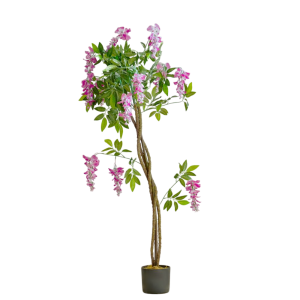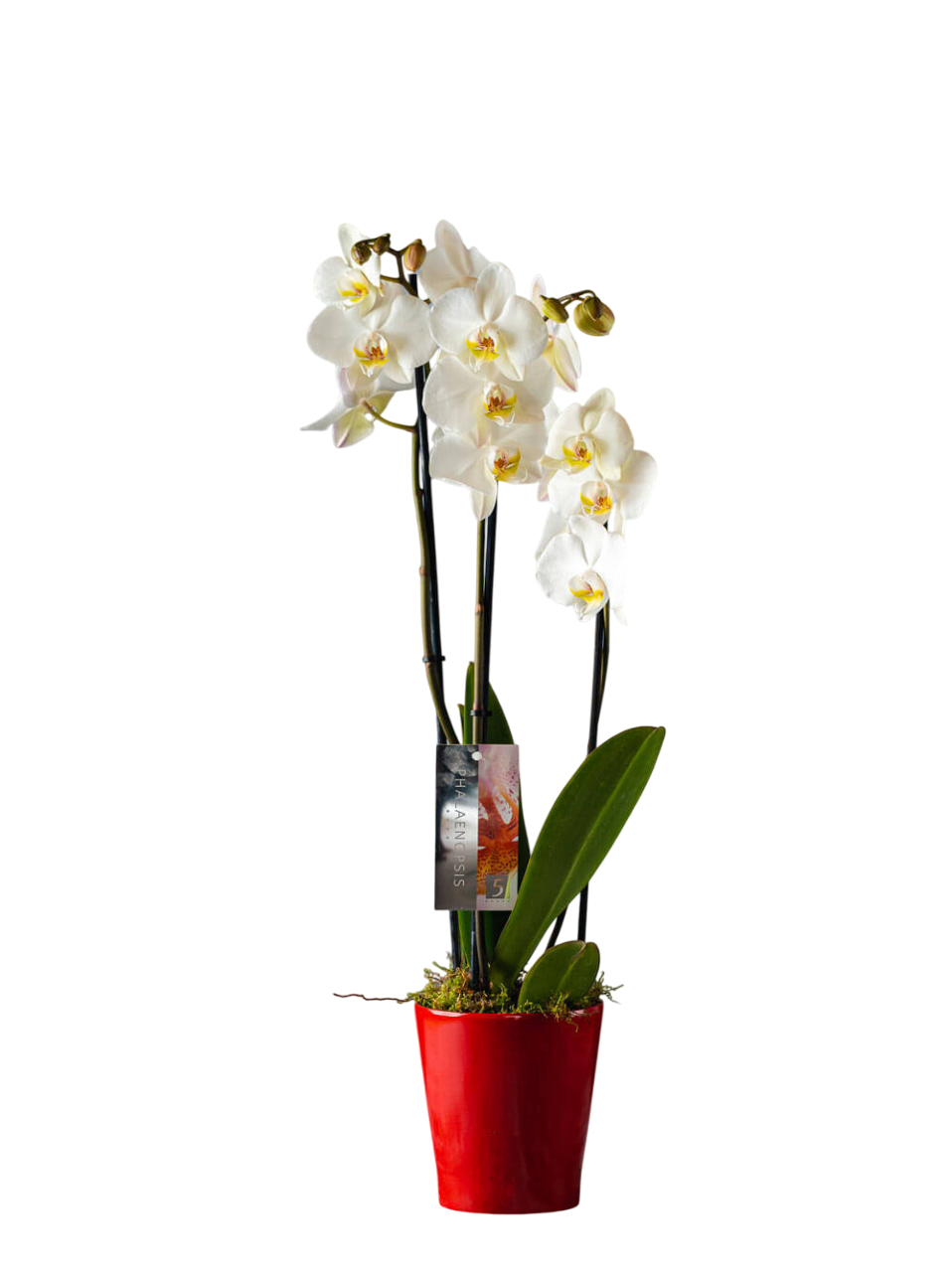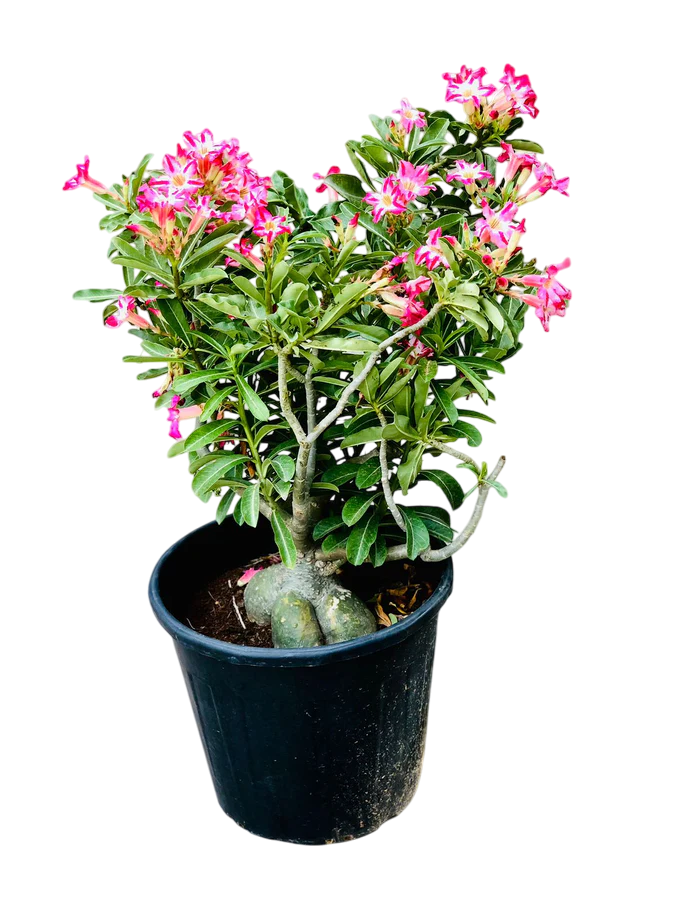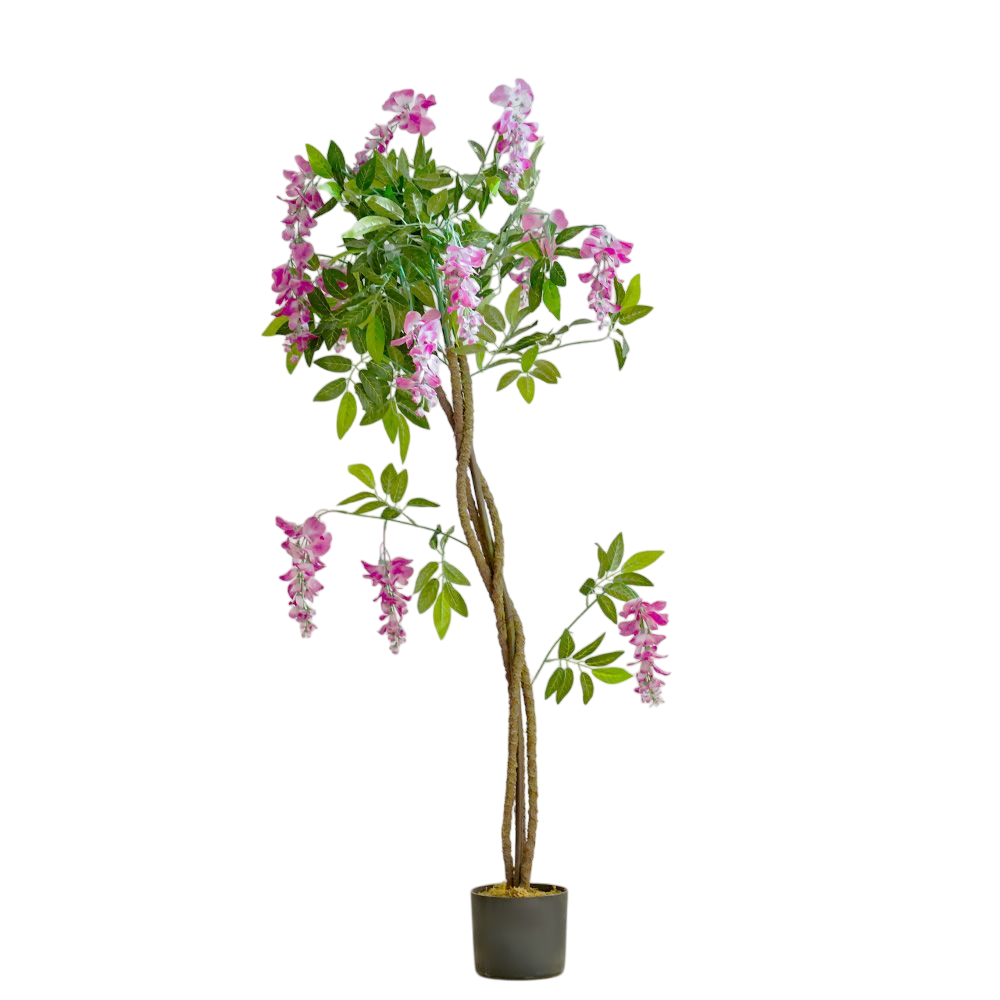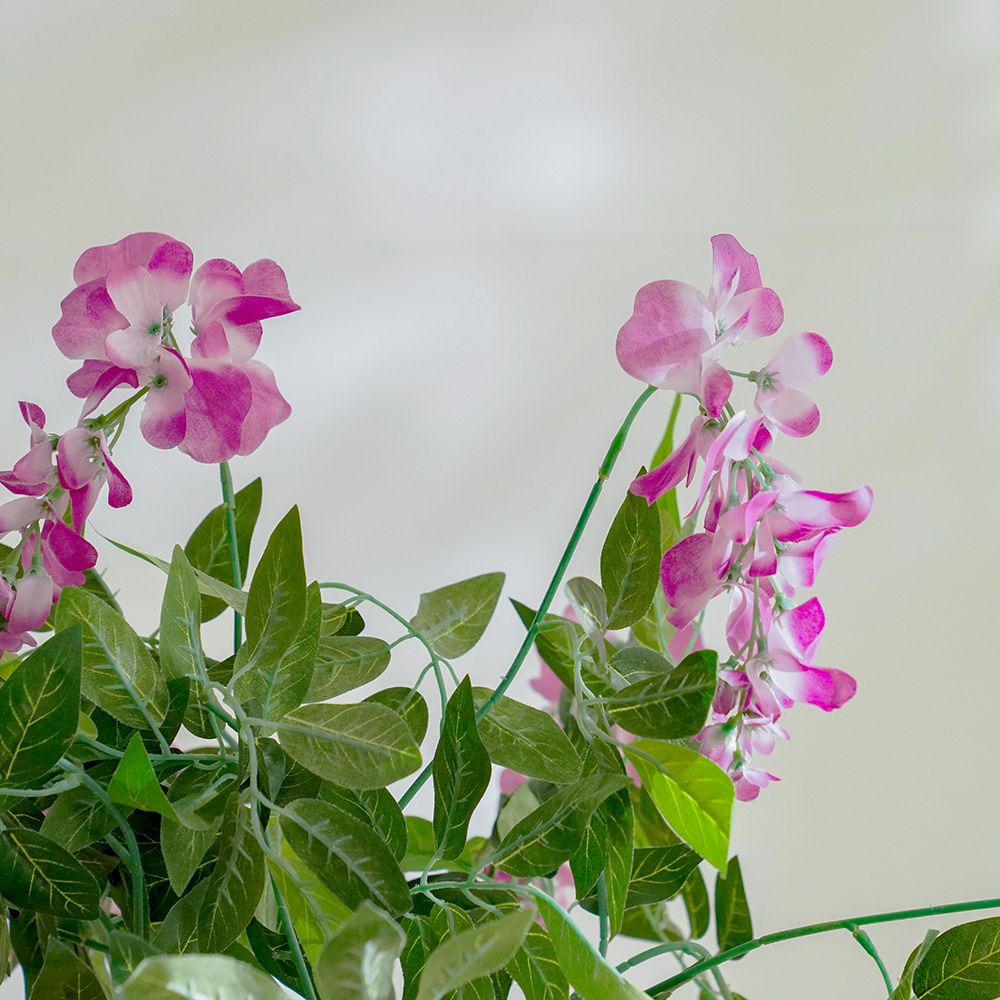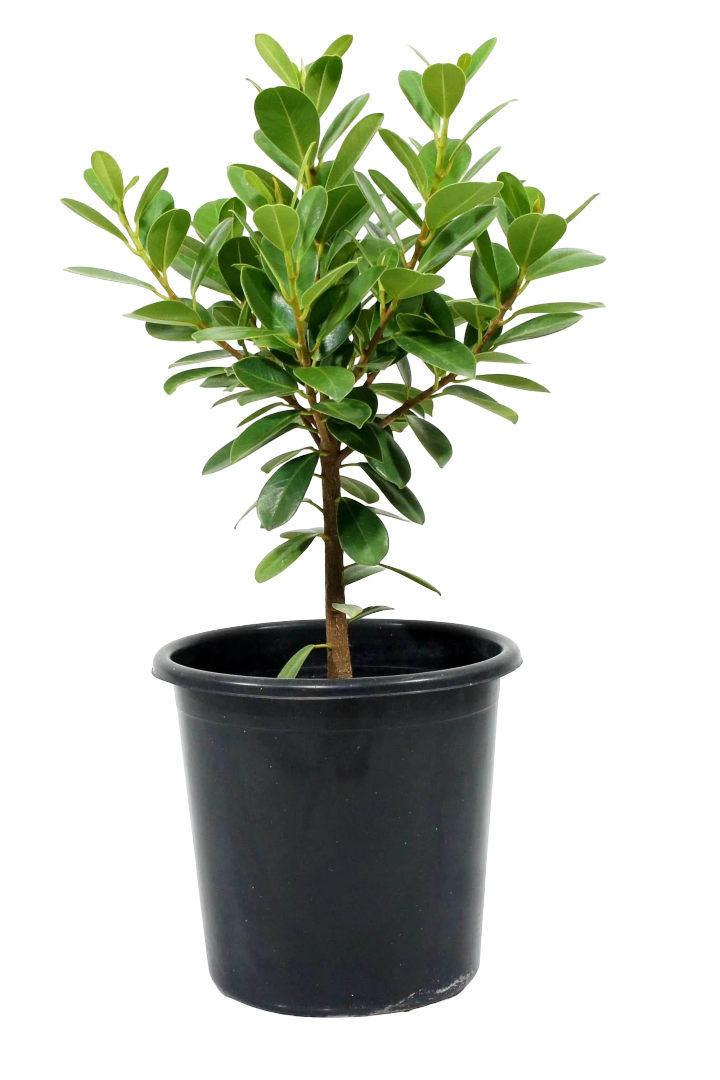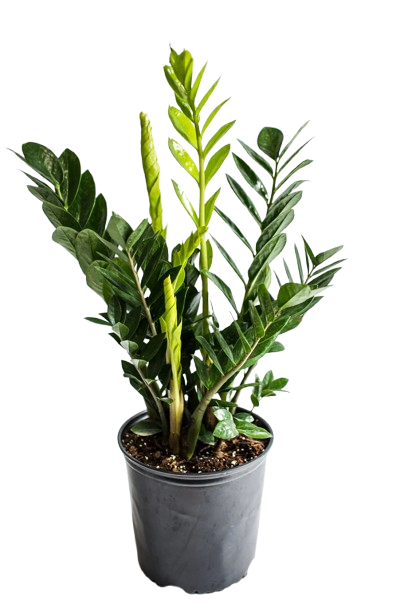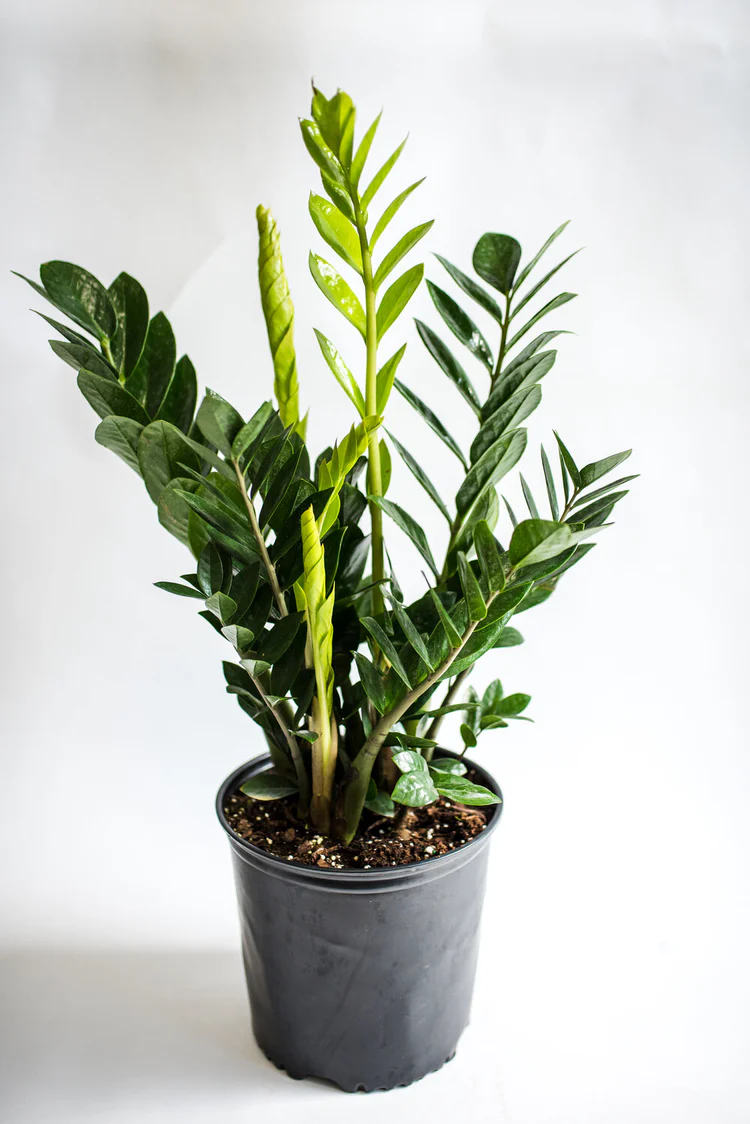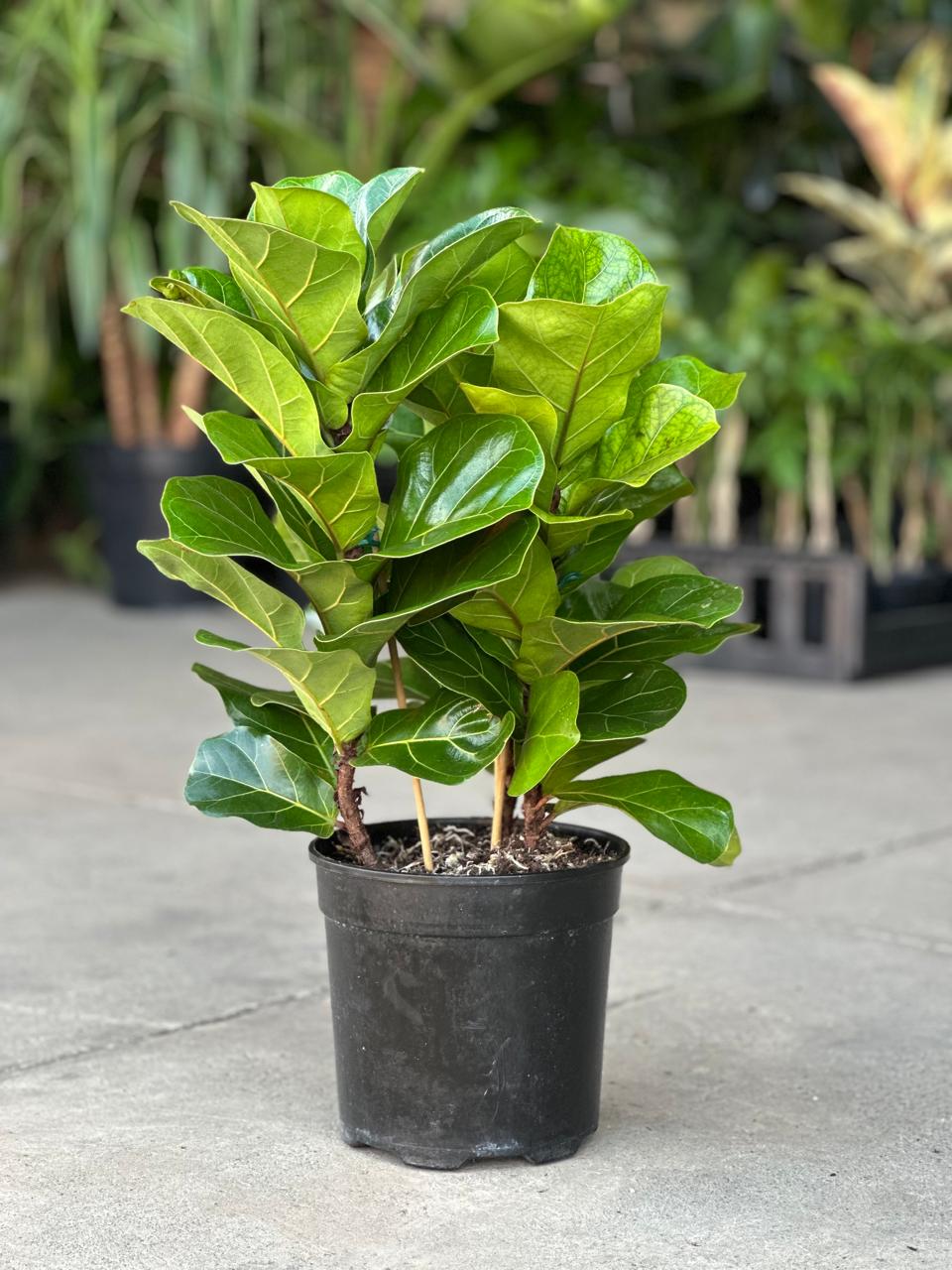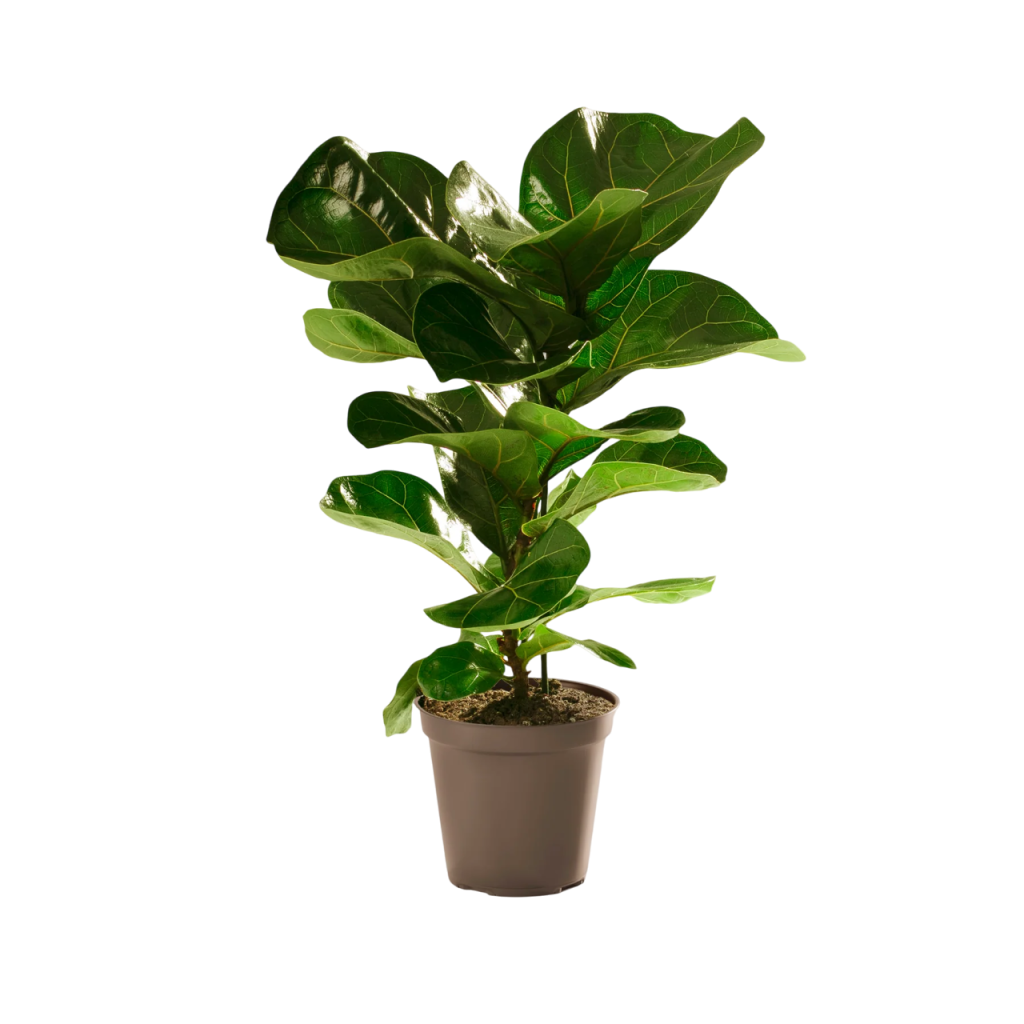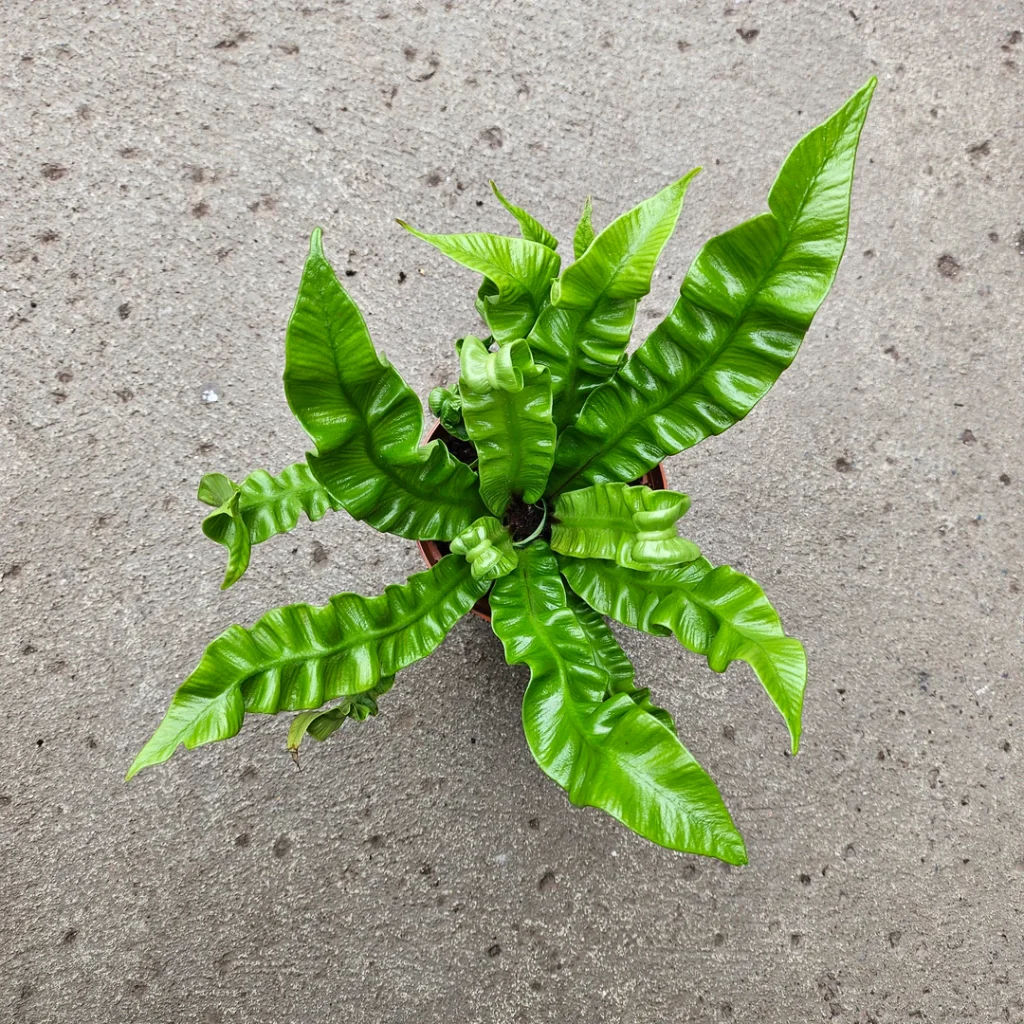The Asplenium, widely known as the Bird’s Nest Fern, is a stunning tropical plant that brings soft, fresh, and vibrant green elegance to indoor spaces. With its wavy fronds that grow outward in a nest-like shape, this plant has become a favorite in Kenyan homes, offices, and balconies. It thrives in warm, humid environments, making it naturally suited for many Kenyan regions. If you’re looking to add a calm, rainforest feel to your interior décor, this fern is a perfect choice.
Why Grow This Plant?
- Excellent air purifier, improving indoor air quality.
- Thrives in medium to low light—great for indoor spaces.
- Soft, elegant foliage enhances natural interior décor.
- Low-maintenance once the right moisture balance is achieved.
- Safe and non-toxic to pets and children.
Cultural & Historical Significance
Asplenium ferns are native to tropical rainforests across Africa, Asia, and the Pacific Islands. Traditionally, they were used in herbal remedies by Indigenous communities for cooling and cleansing the body. In Japanese and Chinese cultural symbolism, ferns represent eternal youth, new beginnings, and tranquillity, making them popular in tea houses and meditation gardens. In many African homes, lush ferns like Asplenium are valued for representing freshness, life, and harmony indoors.
Ideal Growing Conditions in Kenya
- Light: Indirect or filtered light; avoid harsh direct sunlight.
- Temperature: 18°C–28°C; ideal for Nairobi, Nakuru, Kisumu, Nanyuki, and coastal regions.
- Humidity: Prefers humid environments; mist lightly in dry weather.
- Soil: Loose, rich, well-draining potting mix.
- Watering: Keep soil lightly moist—not wet. Avoid pouring water into the “nest.”
How to Plant Asplenium
- Choose a pot with drainage holes.
- Fill with rich potting soil mixed with cocopeat or compost.
- Gently remove plant from nursery bag and place in pot.
- Fill around roots and firm lightly.
- Water lightly and place in bright, indirect light.
Care Tips
- Water when the topsoil feels dry; avoid soggy soil.
- Mist occasionally to maintain humidity.
- Wipe fronds gently to remove dust.
- Do not trim from the center—new leaves grow from the nest.
- Use organic fertilizer once a month during growing season.
Pests & Diseases
- Scale insects & mealybugs: Remove gently using cotton with rubbing alcohol.
- Root rot: Caused by overwatering—ensure soil drains well.
- Leaf browning: Usually from too much sun or dry air. Move to shade and mist.
Pet Safety
Asplenium is non-toxic to cats and dogs, making it an excellent plant for pet-friendly homes.
Growing in Containers
This fern grows beautifully in ceramic, clay, woven, or hanging planters. Place it in living rooms, bedrooms, bathrooms, shaded balconies, and office reception areas for a soft tropical atmosphere.
Where to Buy This Plant in Kenya
You can buy healthy Asplenium plants and stylish pots online at: https://planters.co.ke. Nationwide delivery available.
Final Thoughts
The Asplenium plant brings a refreshing, rainforest-inspired beauty into your space with minimal care. Its soft fronds, air-purifying qualities, and calming presence make it one of the best indoor plants to grow in Kenya. A perfect choice for both beginner and experienced plant lovers.
Recent Posts
- Olea europaea ‘Arbequina’ Olive Tree in Kenya: A Compact, Fruit-Bearing Beauty
- Asplenium (Bird’s Nest Fern) : A Lush Tropical Indoor Favorite
- Lithops plants: The Unique “Living Stones” Succulent
- Azalea: A Burst of Color and Elegance for Kenyan Gardens
- Lavender : The Fragrant Herb of Calm, Beauty & Healing

